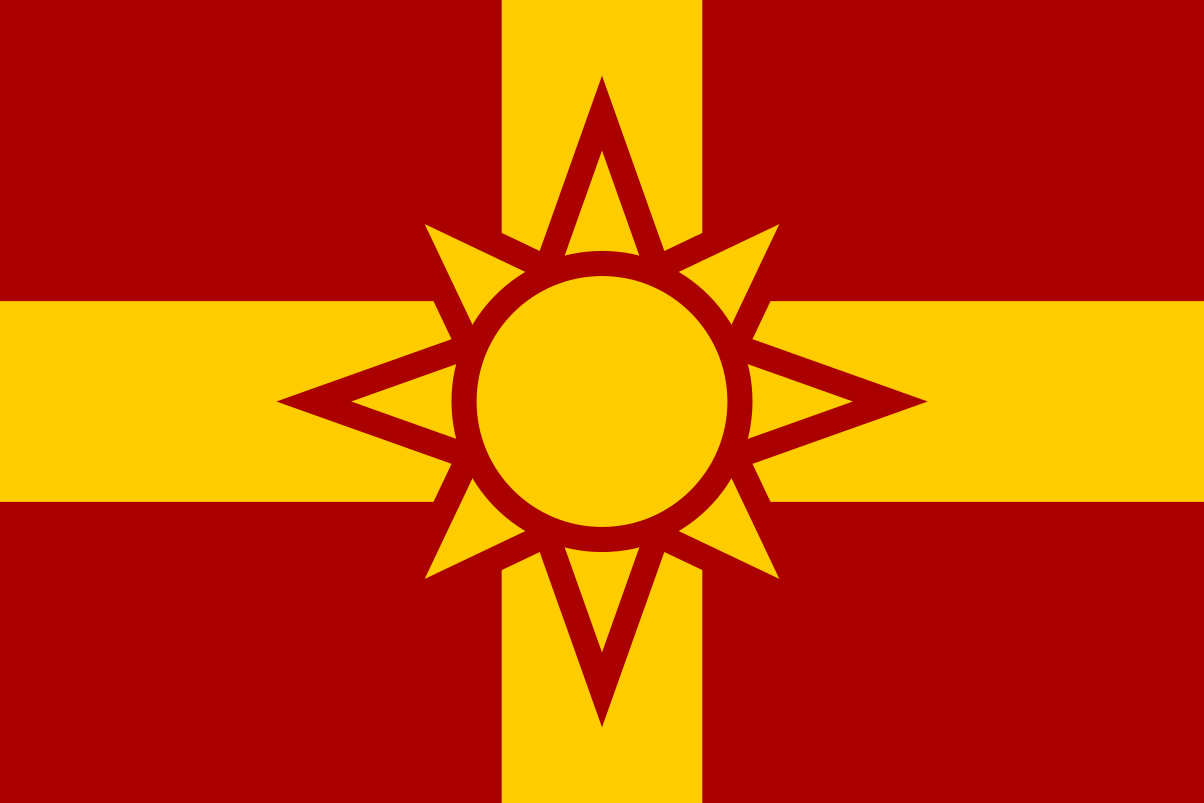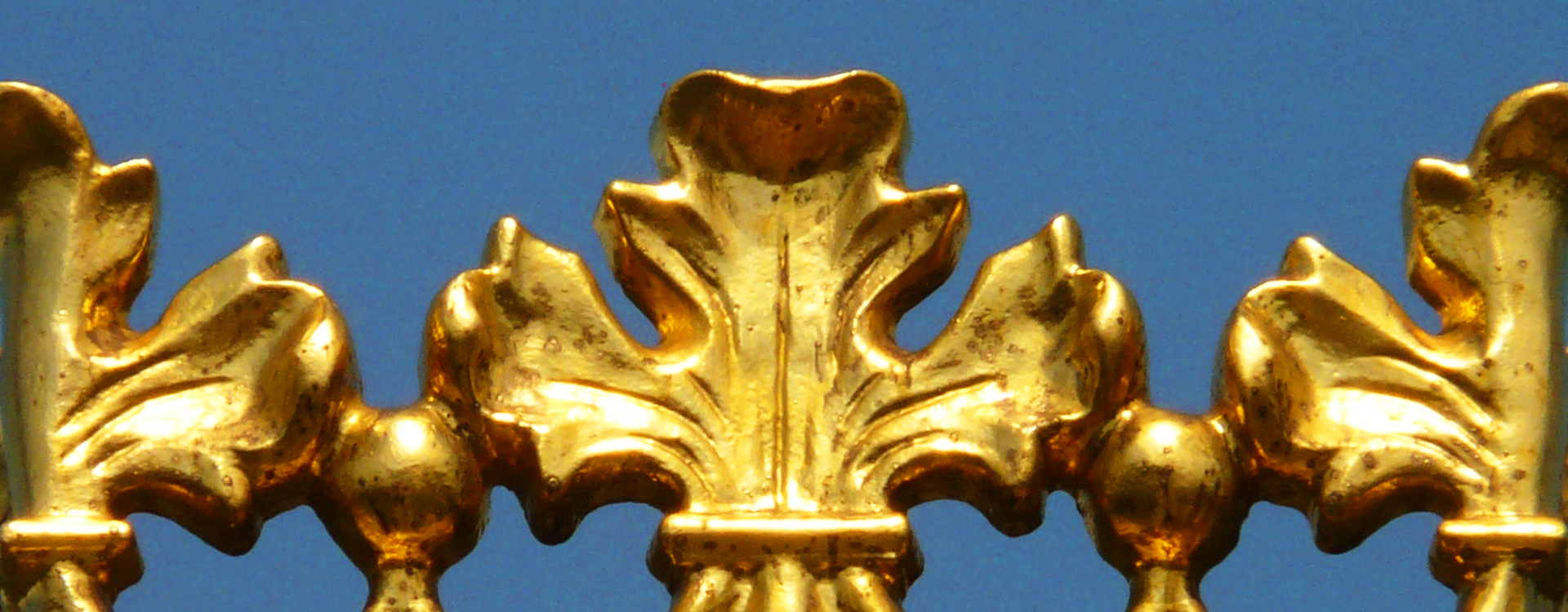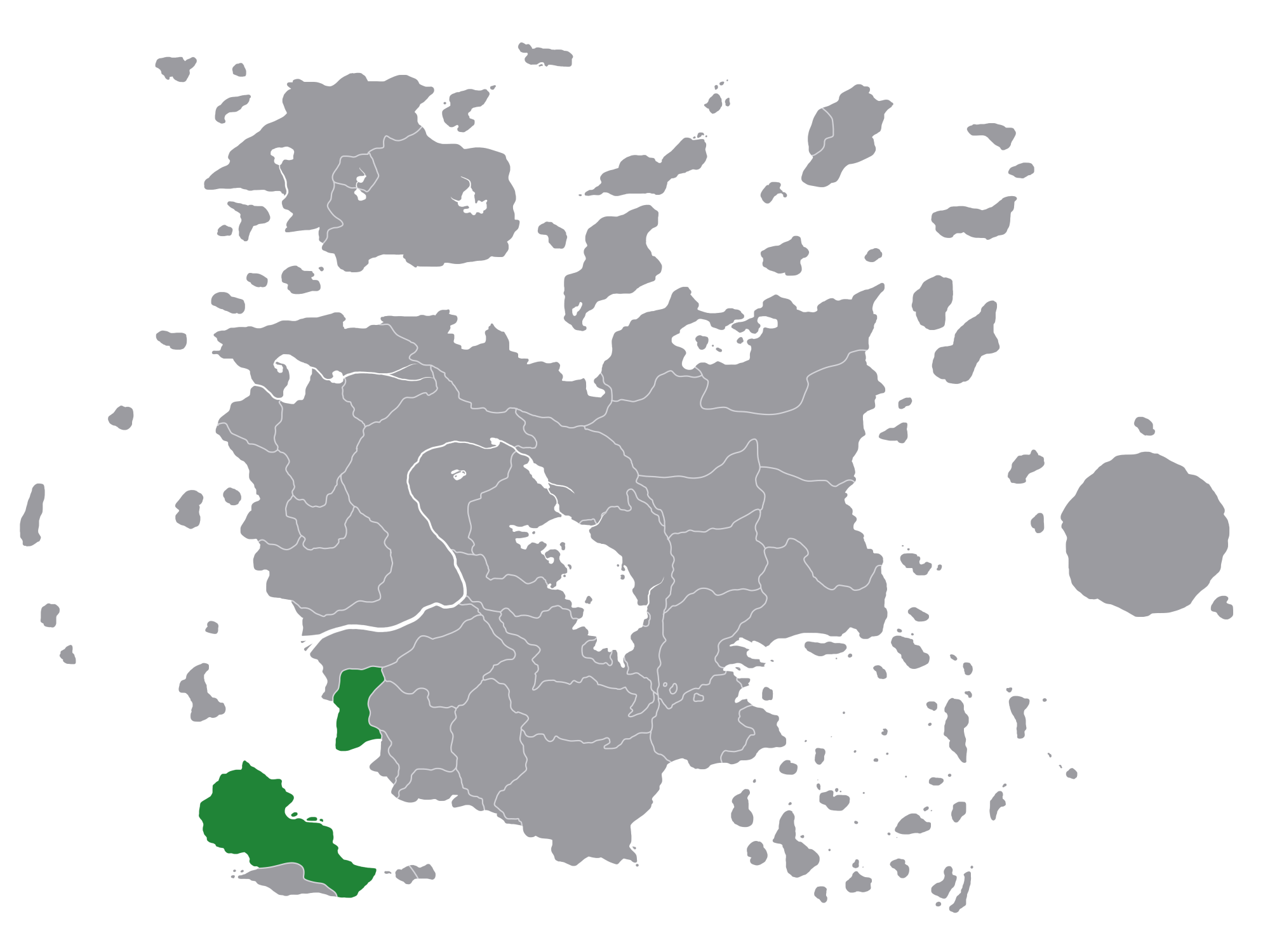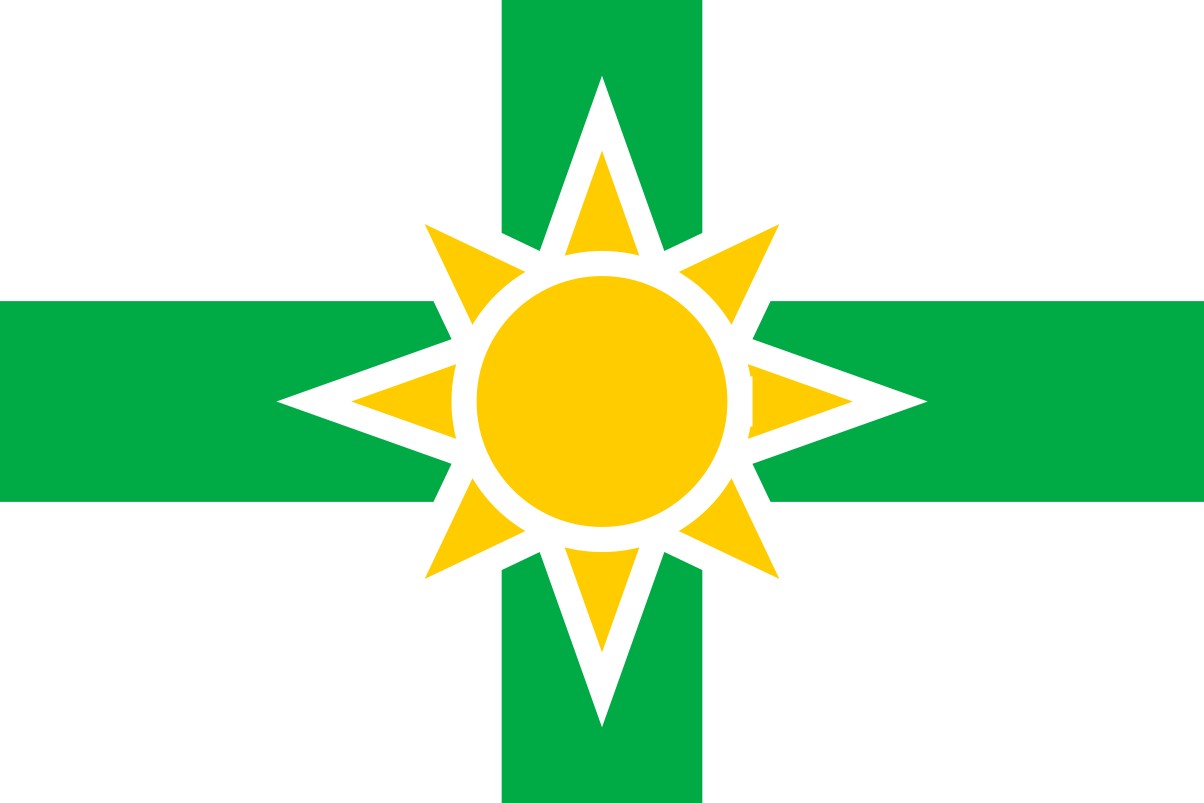Sambogen
With this declaration, Varrzen makes the name of his own country a farce. Righteousness does not exist with the halls of the king - it is with us. We shall claim our self-determination.Sambogen, officially the United Kingdom of Sambogen and Xörrodha, is a small coastal nation in southern Thurásin. Formed after the Central War, it is one of the many successor states to the Kingdom of Zdärrözadh.
History
Sambogen was founded by King Xauvis I in the year 46 War, following the signing of the Treaty of Üniyodh. This treaty, which brought an end to four decades of conflict, saw the Kingdom of Zdärrözadh be dissolved and split between three parties - Ozäxa-Lavüdh, and the new countries of Glinzüchöl and Sambogen. The new kingdom quickly set about forging official ties with its neighbours, specifically the kingdoms of Äshrrowädh and Chäladom. While Xauvis himself was long part the marrying age, his son married an Äshrrowädhayo princess, and his daughter married the crown prince of Chäladom. The latter marriage soon brought those two kingdoms into a personal union under the reign of her child, Külvisko I. During the reign of his daughter Jii-en I, Äshrrowädh was also brought into the personal union, which became colloquially known as the Sambogen Empire. Over the following six decades, the union became more closely knit, resembling a federation with Sambogen as its center of political power. This was exemplified by the formation of the Royal Council, which brought together nobles from the three kingdoms to advise their shared monarch on policy. The many laws passed with the help of the Council affected all three kingdoms equally, regardless of their personal pre-existing laws, and made the state a de facto unitary one. The Collision brought great change to Sambogen, mostly in the form of the arrival of Elves and the appearance of a large island they called Xörrodha off the south-western coast. Sambogen swiftly claimed this island as part of its growing empire, and claimed authority over all elves within its shared borders. When objections were made by the leaders of the stranded elven groups, they were utterly ignored. Sambogen's union remained steadfast, and in 32 Collision they made the situation more permanent by partially dissolving the local governments of Äshrrowädh and Chäladom and changing its name to the United Kingdom of Sambogen, Äshrrowädh and Chäladom. This change was met with some skepticism by the local nobles, with many assuming significant bribes had been paid to assure the loyalty of many dukes and higher officials. Despite their reservations, the kingdom stayed united for over two centuries, though not without significant efforts from rebellious secessionists and ardent unionists. The kingdom finally split in 31 Growth following a 6 year civil war between the eastern and western portions. The former territories of Äshrrowädh and Chäladom split off as a single new country, taking with them a portion of Xörrodha. What remained was renamed to the United Kingdom of Sambogen and Xörrodha, elevating the island territory to a similar status to the mainland, and the smaller kingdom set about fortifying its new borders. Their new state did not last long, as only 90 years later the north began to demand democratic representation in the Royal Council. When this was denied by the young Varrzen II, the region went into open revolt. After only 3 short years, they seceded to form Shern Üreogla, though Varrzen did not recognise their sovereignty for another decade. By freak coincidence, the death of Üchla III of Äshrrowädh-Chäladom in 4 Contact left Princess Vairra as the heir to both that country and Sambogen. The debate over whether the countries should be allowed to come under a personal union once again raged throughout the southern coast. Understandably, the leaders of both refused, and the arrangement was made such that Vairra decided to rescind her claim to the Sambogayo throne. This situation pleased very few people in Sambogen, as it resulted in the later ascension of the incompetent Varrzen III.Structure
Sambogen is an absolute monarchy, ruled by a hereditary monarch from the House of Zdarroz. Unlike similar monarchies throughout Thurásin, Sambogen is explicitly split into portions - the titular portion on the continental mainland, and the island province of Xörrodha. Despite it being larger than the mainland, Xörrodha has little representation within the Royal Council of Sambogen, which is formed from a collection of nobles throughout the kingdom to advise the ruler. Some effort has been made by recent monarchs to redress this imbalance, especially following the secession of Shern Üreogla, but the continental holdings remain the core of the country.
Founding Date
46 War 557 Years Ago
32 Collision 393 Years Ago, United Kingdom
10 Disturbance 89 Years Ago, Current Form
32 Collision 393 Years Ago, United Kingdom
10 Disturbance 89 Years Ago, Current Form
Type
Geopolitical, Kingdom
Alternative Names
Sambogen Empire, Samodha
Predecessor Organization
Successor Organizations
Demonym
Sambogayo
Government System
Monarchy, Constitutional
Power Structure
Federation
Official Languages
Neighboring Nations
Related Ethnicities
Royal Inheritance
The decade's long Central War began with a situation the modern Sambogen recognises quite well - a possible personal union between kingdoms, specifically Ozäxa-Lavüdh and Zdärrözadh. The queen of Zdärrözadh had no interest in her country becoming an Ozäxayo puppet, and declared her cousin Xauvis as her heir ahead of her daughter Dhözii I, who had already become a diarch of Ozäxa-Lavüdh. Her co-diarch protested, sparking the conflict. It is perhaps this history that allowed for a peaceful resolution to the potential re-union in 4 Contact, as neither country wished to see that bloody past repeat.
Gold Crown by Hans






Really interesting history - I like that it went through severaliterations. I also really like how its flag changed. :)
Explore Etrea | March of 31 Tales